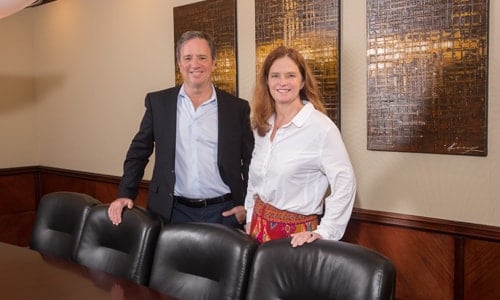Accidents on construction sites can expose property owners, builders, contractors, architecture and engineering firms, and other companies to substantial liability. While working to avoid accidents is often the best way to minimize risk, there are strategies for mitigating liability once an accident has occurred, and asserting a successful defense typically starts with conducting a thorough investigation of the plaintiff’s claims.
4 Key Considerations During Construction Accident Investigations
When investigating plaintiffs’ allegations, there are several issues to address. This includes uncovering the answers to questions such as: Are the plaintiff’s claims accurate? If so, which company (or companies) are liable? Does the plaintiff’s complaint omit relevant facts? Does the available evidence raise questions regarding the plaintiff’s likelihood of success in litigation? Once a preliminary investigation has been conducted, then each company named in the plaintiff’s complaint can turn its focus toward executing a strategic and effective defense.
1. The Accuracy of the Plaintiff’s Allegations
One of the primary objectives of the investigation should be to determine the accuracy of the plaintiff’s allegations. Did the alleged accident actually occur? If so, did it occur as described in the plaintiff’s complaint? If the accident occurred what were the contributing factors? Was there anything that the plaintiff could (and should) have done in order to protect himself or herself from injury?
2. Identifying the Liable Party (or Parties)
Assuming that the plaintiff’s allegations can be substantiated, then the next step is to determine which party or parties would be liable for a successful claim. This requires a critical assessment of the facts underlying the plaintiff’s claims, and it will typically require a careful review of the agreements between all of the various parties involved in the construction project. Warranties, indemnification clauses and other liability-shifting provisions are common in construction contracts, and these provisions can limit, expand and even eliminate parties’ tort-based liability.
3. Omission of Key Facts from the Plaintiff’s Complaint
In addition to assessing the accuracy of what the plaintiff has alleged, it is important to look beyond the scope of the complaint to determine if any key facts have been omitted. Was the plaintiff drunk or high when the accident occurred? Was the plaintiff engaging in horseplay? Is the plaintiff alleging negligence when he or she should actually be pursuing a strict liability claim against a product manufacturer? These are all additional questions that need to be answered.
4. The Plaintiff’s Likelihood of Success in Litigation
Armed with all relevant information, companies can then assess the plaintiff’s likelihood of success in litigation. Will it be most cost-effective (and most advantageous overall) to settle? Or, are the facts such that it will be worth it to fight the plaintiff’s complaint in court (if necessary)? Knowing when to settle and when to proceed with litigation is a critical aspect of executing a successful defense.
Speak with a Fort Lauderdale Construction Lawyer at Saavedra | Goodwin
The Fort Lauderdale construction lawyers at Saavedra | Goodwin have decades of combined experience representing companies in construction-related insurance claims and litigation. For more information about our services, please call (954) 928-9568 or inquire online today.

